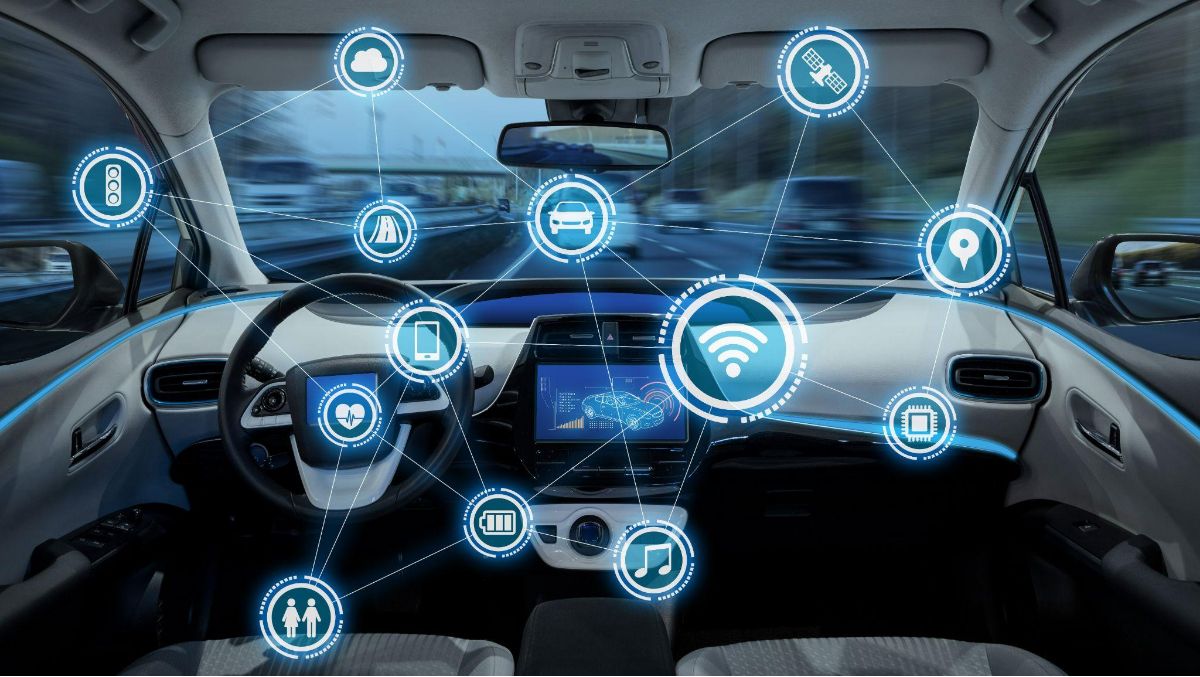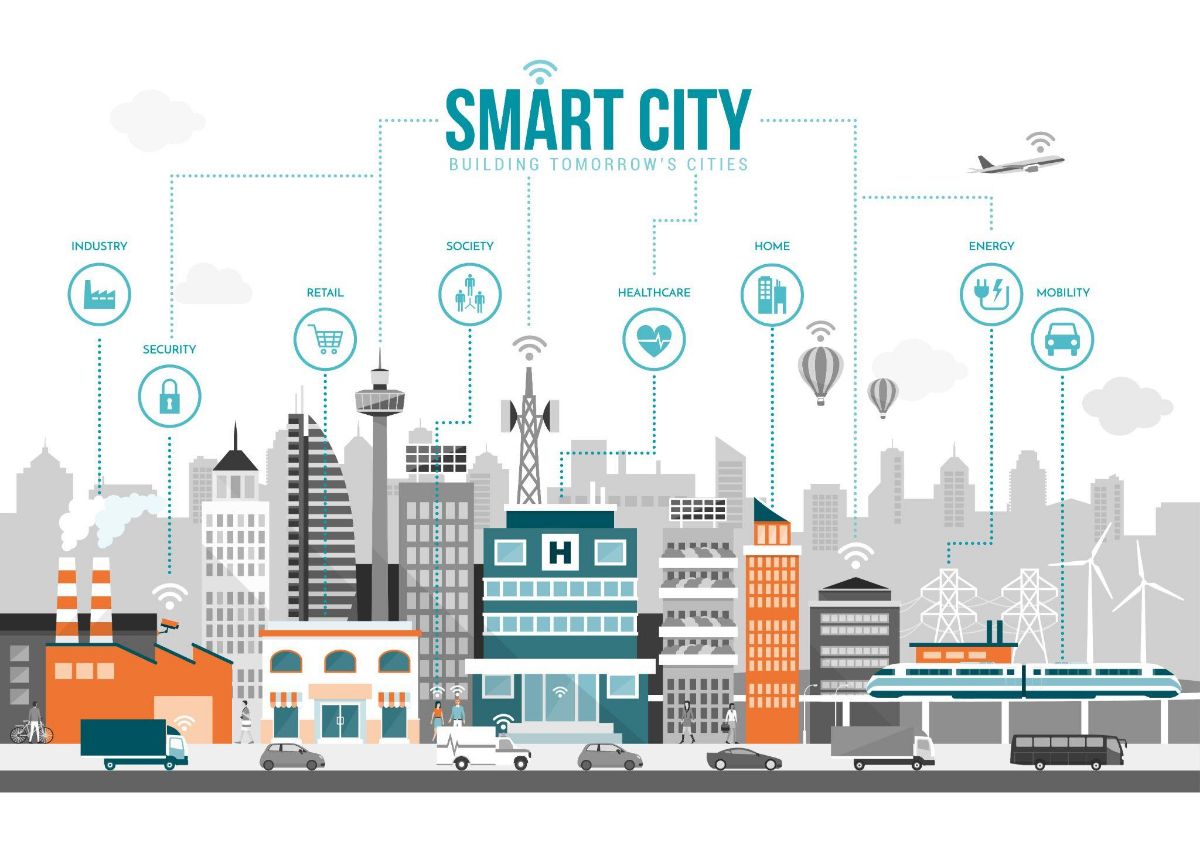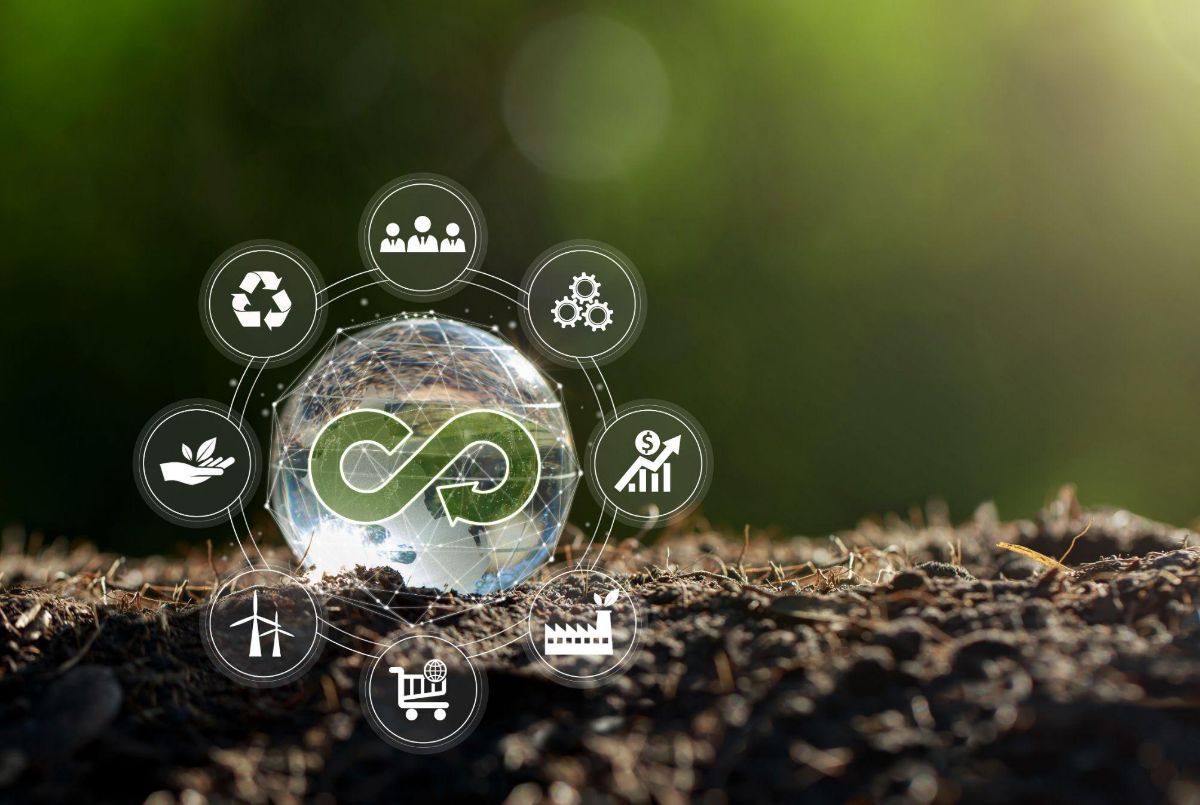“We are the first generation to feel the effect of climate change and the last generation who can do something about it.” — Barack Obama.
Focus on sustainability is no longer just a value add to organizations; it’s become table stakes. Upcoming generations, who will hold the majority of buying power over the next 50 years, are keenly attuned to climate change and environmental conservation issues in addition to the strength and speed of the vehicle. Sustainability factors heavily into their purchasing decisions, and any company that wants to earn the next generation’s loyalty must prioritize environmental concerns.
Manufacturing in the automotive ecosystem has already begun moving toward sustainable materials and design and away from IC engines to batteries and biofuels. But cars are still a significant contributor to global greenhouse gas emissions, so these manufacturers must think of innovative and multidimensional ways to make driving a car more sustainable.
Connectivity – or the “connected car” – may be the solution.
A connected car communicates with systems outside of itself, such as infrastructure systems, cloud systems, and other vehicles and platforms across the ecosystem. Vehicle connectivity can improve and personalize many elements of the driving experience, including safety, comfort, and “infotainment”.

Connected cars constantly gather data about the vehicle, the environment, and nearby routes, delivering relevant information to the driver, which allows them to make more sustainable choices. The World Economic Forum estimates that carbon emissions could be reduced by up to 75% and resource consumption by up to 80% per passenger kilometer by 2030 through the adoption of circular economy practices and electrification.
Many large cities have embraced the high occupancy toll lanes, which are exclusively available to vehicles with at least two occupants to reduce traffic and promote fewer emissions. A connected car can detect the presence of one or more additional occupants and suggest routes based on the city’s high occupancy toll lanes.
Cars also have the ability to know the amount of charge, measure that against the distance to be covered while taking into account terrain, weather, temperature outside, etc., and provide upfront warnings when the driver starts the car or incorporate optimal charging stations as part of the route. The car can also suggest the optimal HVAC settings to ensure enough charge to reach a charging station or destination. If it is a hybrid vehicle, it can suggest when to switch between electric and other modes based on driving conditions to optimize energy consumption and emissions.
Additionally, navigation systems can incorporate multi and micromodal forms of transportation in route suggestions, such as instructions to board an electric bus or scooter if it’s efficient to do so.
Research and development teams can also use connected cars to collect massive amounts of diverse data, which can be used to optimize vehicle design—leading to more sustainable and efficient transportation over time.
The connected car creates multiple opportunities for drivers to actively contribute to the sustainability of both the vehicle and the local community.
The interest in green cars is growing as newer generations grow more environmentally cautious. Connected cars contribute to the increasing shift toward sustainability through the display of real-time information on the relationship between the driver’s habits and the car’s fuel efficiency, carbon output, and energy consumption. Imagine driver scores that relate to safe and environmentally efficient driving habits leading to a gamification of sustainability. Users could post their sustainability metrics on social media, challenging others to match or beat their scores—indirectly spreading sustainable practices.
Additionally, through innovative third-party systems, drivers can specify the circumstances under which they want to charge their connected cars. This could include charging during times when load on the grid is less and energy consumption prices are low, during specific times of the day, or when the source of energy in the grid is from a renewable source.

Connected cars can also be configured to contribute energy back to an overloaded grid, such as early mornings when many people are getting ready for their day and powering on multiple appliances. If you don’t need all of the energy stored in your car’s battery, it essentially becomes a generator, giving power back to the overall system—reducing the need for power stations to use non-sustainable generation sources to meet the additional load on the grid. These features give vehicle owners the power to contribute to sustainability from home as well as on the road.
The automotive industry is just one of many exploring connectivity as a sustainability solution. Through the widespread implementation of IoT devices in every aspect of life, it has become easier to track data like energy usage. This increased access to information allows consumers to find where their energy can be cut back — saving money and the environment.

At Quest Global, we deliver end-to-end product engineering services to verticals ranging from HiTech and automotive to semiconductor and rail, and because of this, we can see the overarching trends. Hence, we can connect partners with new aligned ideas obtained from our experiences from other sectors we work in. For example, our presence in energy and power gives us a unique understanding of how power grids work. Combine that knowledge with our automotive and semiconductor verticals, and we are able to provide unique solutions directly related to connected cars.
Even the most advanced of connected cars will eventually meet their end. But a vehicle’s end-of-life does not mean the end of sustainability. As car manufacturers are doing away with fusing vehicle components, making them easier to dismantle, they must also approach vehicle designs with a new perspective. Enabling finer dismantling of the car body allows for maximum reuse while reducing the cost of dismantling. Dismantling plants are even being established near vehicle manufacturing plants as they become a source of material for the manufacturing of new cars

When the car has reached the end of its lifecycle, reusable materials can be reclaimed, such as steel components or precious metals from the battery pack. Even further, when manufacturers ensure that a complete product genealogy has been created and maintained during the car’s lifecycle, pertinent information about the sub-parts and an understanding of potential wear and tear is easily accessible. This ensures quality of reused products in new cars and also ensures reduction in pressure on landfills by maximizing reuse.
Sustainability initiatives will not end in 2030, and the focus on green alternatives will never go away. From production to end-of-life, connected cars are the future of sustainability. From promoting efficient driving habits to superior management of raw materials, connectivity will play a vital role in our mission to protect the planet.
